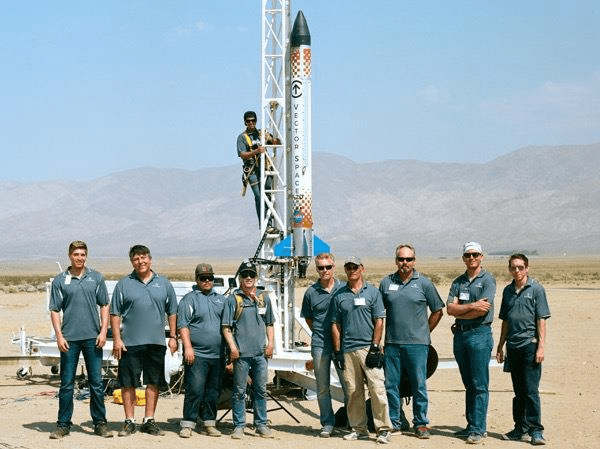Interested in improving your business with 3D technologies but don’t know where to start? Visit Top 3D Shop and check out our 3D scanner reviews!

How do you imagine a booster rocket? Most likely, like a huge pipe, with the help of which a fortune flies into orbit. Not less money is spent on preparation for the launch and maintenance of launch sites. Meanwhile, electronics are rapidly losing weight and size, and following the miniaturization of satellites, the popularity of small and relatively inexpensive rockets is growing.
Demand for heavy launch vehicles for launching large-sized vehicles to remote trajectories will not fall in the near future, but commercial and research microsatellites appear to be the most promising direction of growth, and with them compact, inexpensive launch vehicles, produced in large quantities and ready to launch at will customer. Vector Space Systems is working in this direction.
Recently, the company successfully tested a P-20 rocket launched from a test site in the Mojave Desert. A variety of 3D-printed components are used in the construction of the carrier, and the payload reaches 50 kg. Vector Space Systems targets a narrow segment - orbital launches of small satellites. Although the company was incorporated just three months ago, it has a decade of experience behind its founders - veterans of ventures such as SpaceX, Virgin Galactic, McDonnell Douglas and Sea Launch. The team already has more than 30 suborbital launches in the common piggy bank. The team hopes to conduct the first suborbital flights of the new rocket next year, and in 2018 begin launching the payload into low-Earth orbit.
The first tests took place in May, when the company ran a bench test of a self-developed 3D-printed engine with a thrust of 225 kg. On July 30, a test payload launch was carried out, proving the launch vehicle's ability to launch without harming the delicate electronic components used in satellites.
In June, NASA tested engines for its new super-heavy launch vehicle, the Space Launch System. The length of the huge rocket will exceed 100 meters, and the calculated payload during the launch into low-earth orbit will reach 130 tons. Compared to this giant, the development of Vector Space Systems seems like a real dwarf: in the final version, the Vector P-20 rocket will be about 12 meters long. But the SLS will most likely be launched only a few times due to its high cost, while the inexpensive P-20 may well become a "space consumer goods".
The demand for small launch vehicles designed to launch individual satellites will be if only because at the moment small companies and scientific institutions have to wait months, if not years, for their chance. “We are already seeing real traffic jams when it comes to launches from national spaceports. You need to fly on a certain day, but NASA wants to fly on the same day. Then the military intervenes in line. And small companies have to slide down the list and wait, ”confirms Will Pomerantz, vice president of Virgin Galactic.
“They (private companies and universities) are still looked down upon as second-class citizens. They have no guaranteed spacewalk capability. We will change that, we will dominate the small segment, ”says Jim Cantrell, co-founder of Vector Space Systems. An important factor in reducing the cost of the design will be the use of a 3D-printed engine, developed, manufactured and successfully tested in just two months. In addition to the manufacturing method, the power plant is also interesting in that it uses liquefied propylene in combination with liquid oxygen as fuel. One of the first customers will be the Finnish company Iceye - it was she who provided the experienced "satellite filling" for flight tests. Iceye plans to launch thirty satellites over five years and is counting on help from Vector Space Systems.